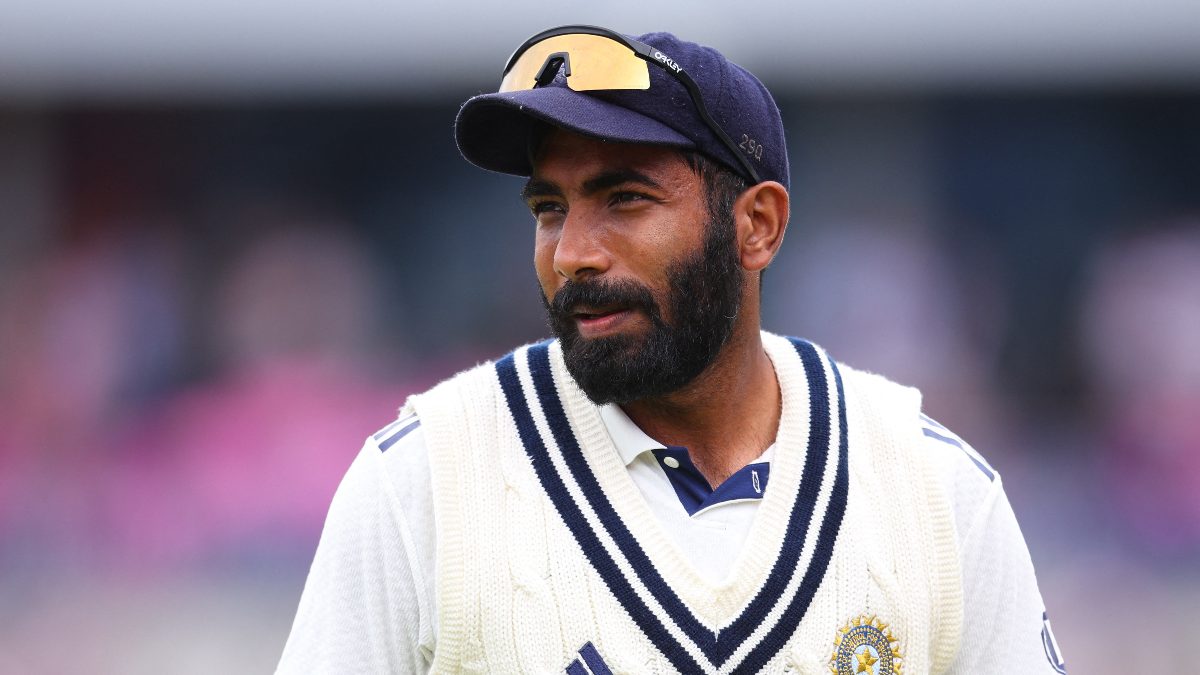“The more informed you are, the less aggressive and arrogant you are.” — Nelson Mandela Dennis ‘The Menace’ Lillee was constantly at the batsmen’s throat during the World XI – Australia series Down Under in 1971-72. The talented World XI side, led by the redoubtable Garfield Sobers, had managed to draw the first Test and had then lost the second Test rather ignominiously. In the third Test at Melbourne, the World XI were again shot out for 184 in their first innings, in only 49.3 overs, with Lillee picking five wickets for 48. Sobers was one of his victims, and the young fast bowler hadn’t spared any aggro in the great man’s send off. When it was Lillee’s turn to bat, therefore, Sobers first softened him up with a couple of bouncers past his nose and then had him holing out in the mid-field. During the change-over, a fuming Lillee is said to have visited the World XI dressing room and told Sobers what to expect from him – with a few expletives added for effect – in the second knock. The great all-rounder, it is said, had replied with a smile, “I’ll look forward to it.” When he batted, he went after Lillee, hammer and tongs, scored a dazzling 254 runs and led his team to a 96-run win. [caption id=“attachment_5568661” align=“alignnone” width=“825”]  Psychologists and analysts believe that aggression in sport, more often than not, stems from feelings of inadequacy and low self-esteem. Illustration courtesy Austin Coutinho[/caption] Lillee, early in his career, was guilty of impulsive aggression. Sobers, on the other hand, was aggressive too. But his hostility didn’t show; it was that of a cool, calm and confident person. In the 1979 India-England Test series, in England, Sunil Gavaskar was invited home for dinner by skipper Mike Brearley before the final Test at the Oval. The legendary Indian opener was asked by his host, at the dinner table, if he wanted something to take home from England as souvenir. “Of course,” Gavaskar had said, “I had come here looking for hundreds. I still haven’t got one in three Tests. I’m looking forward to one at the Oval.” He scored 221, in the second innings at the Oval, and almost helped India to an improbable win. Gavaskar was aggressive; but he didn’t show it too often. Fedor Emelianenko, the Ukranian-born Russian mixed martial artist, sambist and judoka says, “A fighter should always look dignified and calm, and believe that any expression of aggression is an expression of weakness. A strong person will not be nervous and will not show aggression towards his opponent. He has confidence in his abilities, and in his training, and faces the fight, calm and balanced.” Roger Federer was aggressive as a youngster. He would break rackets and was often penalised for bad on-court behaviour. He became a winner only when he learnt to rein in his anger. Both Cristiano Ronaldo and Lionel Messi are aggressive, but they don’t go and punch their opponents in the face. All great champions are aggressive but they don’t show it. Ever since Virat Kohli has taken over the captaincy of the Indian cricket team, and Ravi Shastri has joined in as head coach, the buzz around the Indian dressing room has been one of belligerence, almost bordering on arrogance. Team India have, by design, projected themselves as ‘invaders’; a team that believes in taking the attack to the opposition camp.
Psychologists and analysts believe that aggression in sport, more often than not, stems from feelings of inadequacy and low self-esteem.
The question that often comes to mind, therefore, when Indian cricketers over react on the field, is: Do our players lack self-belief; are they wearing masks to hide their inner doubts? Kohli, in fact, started off in international cricket as somebody who had a chip on his shoulder, on the field and off it too. He could rant and rave, and mouth expletives that were easy to lip-read on television. He seems to have sobered down now, a wee bit, with experience and some great individual performances behind him. “On-field aggression can sometimes be a positive emotion. It boosts performance and can lift your game,” he says. “But over the years, I have learnt that restrained aggression is a better animal. That way, you conserve your energy and you don’t spend yourself quickly.” In the words of Nelson Mandela, Kohli is now an ‘informed’ cricketer and is getting to be an ‘informed’ leader of men. Marriage, perhaps, may have had a sobering effect too. The question is, has Shastri noticed this subtle change in his skipper’s attitude? And, are the players in the squad aware of the change in approach that their captain would like them to embrace? The recent defeats in South Africa and England should have had humbling effects on Shastri, Kohli and the boys. The head coach however proclaimed, despite the trouncing, that the present squad was the best travelling team he had seen in the last 15-20 years. Naturally, he drew flak from all quarters. Steve Waugh said recently that by such utterances, he was only putting extra pressure on the players. If, as Kohli says, Shastri is a great man-manager, then he should rather be taking pressure off his wards. It was in 1980 that my name appeared among Mumbai’s Ranji probables for the first time. On my first day at the nets, Vasant Amladi, the coach gave me a semi-new ball and said, “I’ve heard you are quick. Let’s see how quick!” When I ran in, in my anxiety to bowl fast, I dug the ball in and it flew past the batsman’s chin. As I followed through, I could see Shastri – just 18 then – glaring at me. Nearly four decades later, Shastri often has that same defiant stare when confronted by the media and critics; he hasn’t changed much. There are two kinds of players; the ones who are very talented but don’t find the need to be pumped up by aggression and others who may not be as talented but thrive under pressure. Shastri belonged to the second category. There may be some players in the Indian squad, right now, who are not comfortable with Team India’s style of functioning. As a result, their performances may have suffered. With both the head coach and the captain propagating aggression, is there somebody in the team management who can spare a thought for those poor timid souls? I was the coach of a professional football team in Mumbai for almost a decade. Year after year, we would perform better than we should have, considering the talent we possessed. The reason was fitness, strategic planning and aggression. Our players were pumped up before a league match, and at most times, better teams would lose to us because they couldn’t deal with our haranguing, aggressive style of play. However, I found out that our center-half — one of the best in the business — was not very comfortable under pressure. So it was decided to leave him out of the pre-match and half-time pep-talks. This worked wonders, and our game improved a few notches. Over the last couple of years, Shastri and Kohli have, at various pressers, warned the opposition that Team India is out to get them. The head coach has even said that the Indian team would like to own the 22 yards in all parts of the cricket-playing world. This has made for great headlines and may even have been loved by young Indian cricket fans. The worry is does this sort of braggadocio hurt Team India’s performances? I wish there was a test – like the much-touted yo-yo – to find out how many Indian cricketers really enjoy playing under the pressure of aggression and how many would really be happy playing their natural game. The great American golfer Lee Trevino once said, “Pressure is when you play for five dollars a hole, knowing that you have only two in your pocket.” I wonder how many Indian cricketers are doing that today, right now! The author is a caricaturist and sportswriter. A former fast bowler, he was also a cricket and football coach, besides being a sports administrator.


)

)
)
)
)
)
)
)
)



